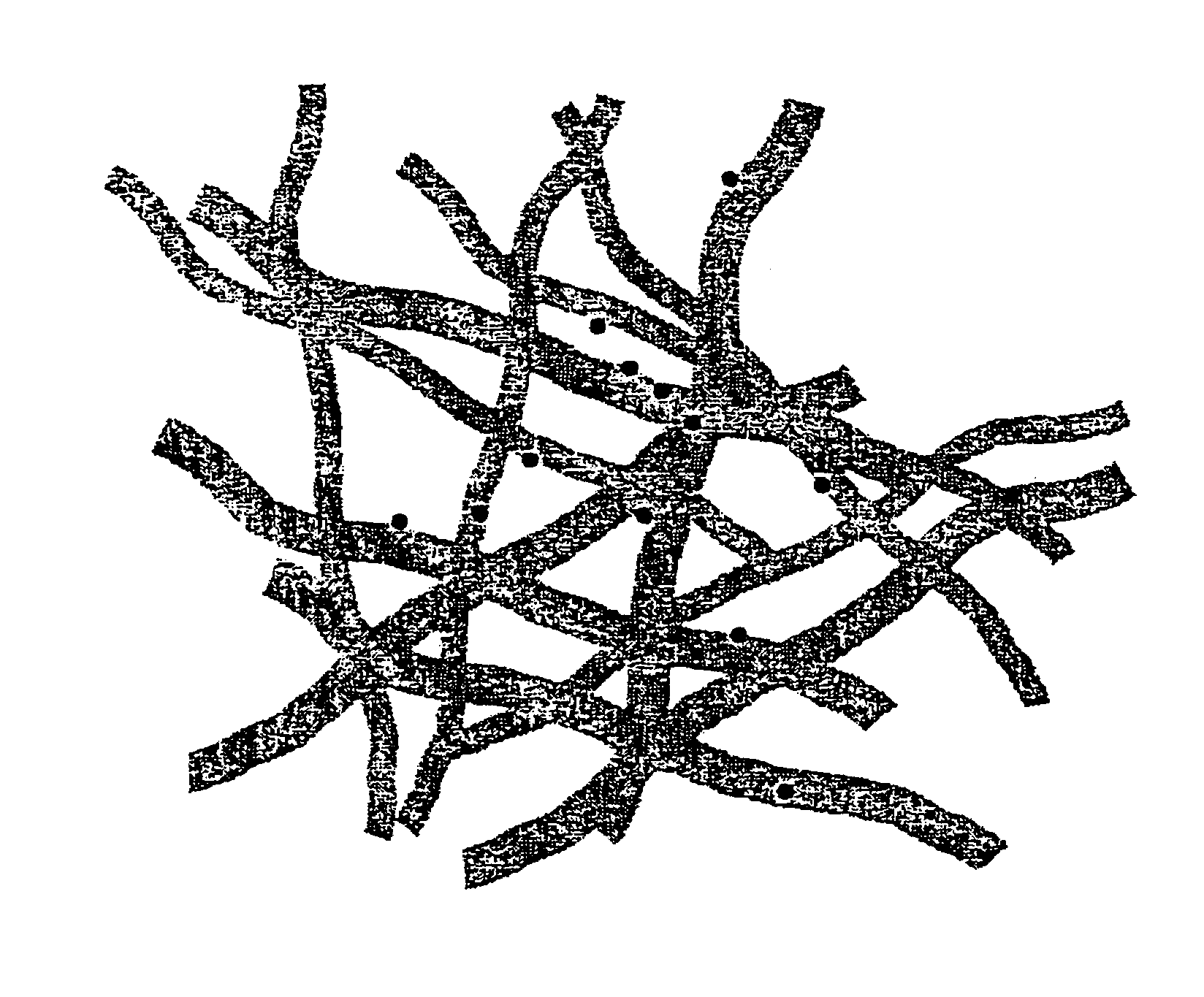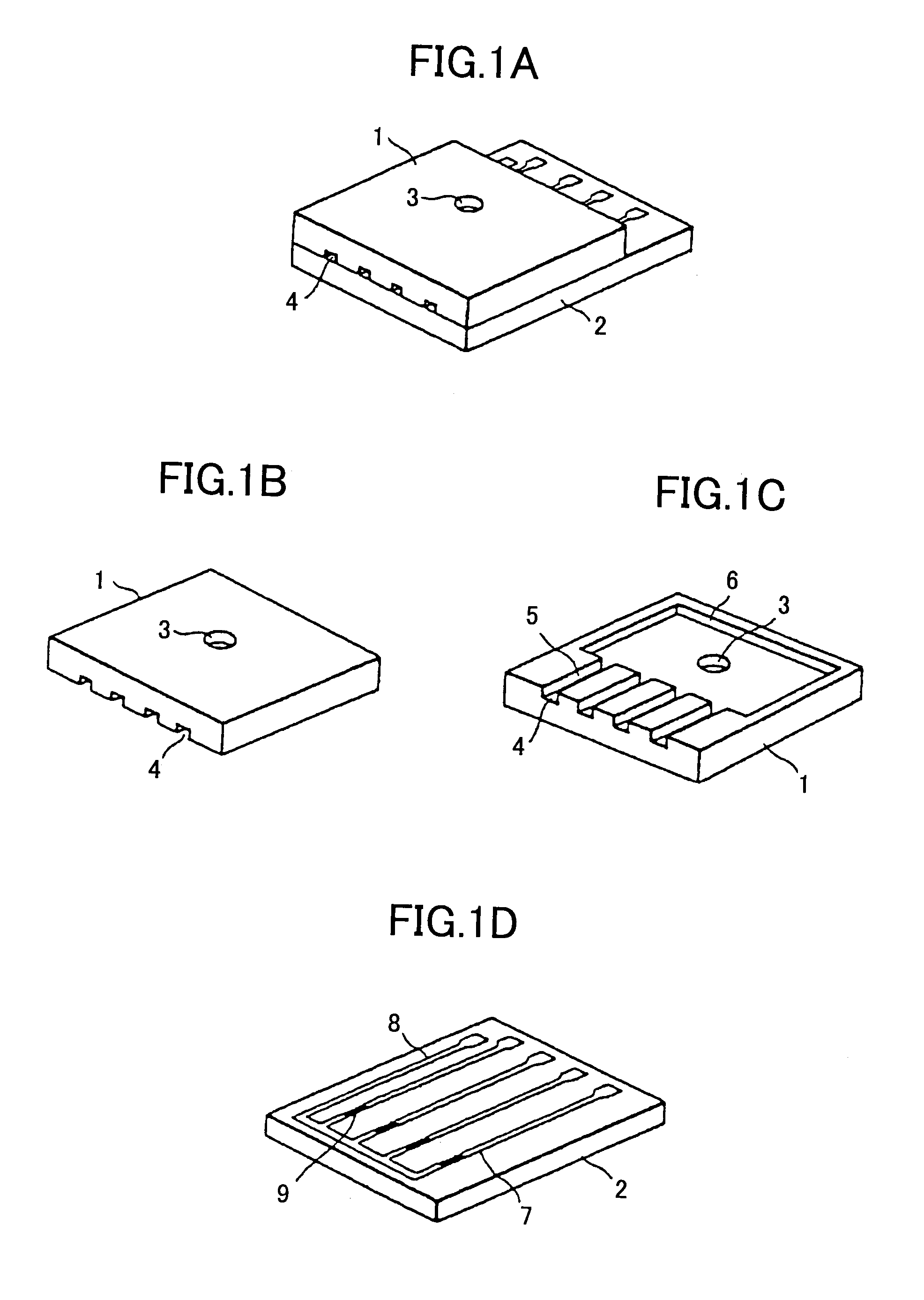Liquid jet recording apparatus, liquid jet head, and recording liquid
a liquid jet and recording device technology, applied in the direction of instruments, inking apparatus, inks, etc., can solve the problems of pigment-based inks having a disadvantage of instability, clogging heretofore a grave problem, and noise almost unnoticeable, so as to prevent clogging of nozzles and improve the effect of shape and appearan
- Summary
- Abstract
- Description
- Claims
- Application Information
AI Technical Summary
Benefits of technology
Problems solved by technology
Method used
Image
Examples
example 1
[0154]
Component Acarbon black #25 (manufactured20 partsby Mitsubishi Chemical Corp.)acrylamide10 partswater90 partsComponent Bsurface processed carbon black 5 partsglycerin 2 partsethanol 6 partswater87 parts
[0155]The carbon black is disposed under a high intensity discharge lamp to be irradiated with an ultra violet light for 20 minutes. Then, the component A containing the ultra violet processed carbon black is mixed, agitated under 70° C. while blowing in nitrogen gas into the solvent, and is polymerized for 50 minutes. Then, the polymer is disposed in a centrifugal separator and rotated 12,000 times for 70 minutes, to thereby sufficiently remove homopolymer therefrom. Then, the polymer is washed by being agitated with hot water for 150 minutes. Then, the polymer is dried. Next, the component B is mixed with the polymer. In consequence, after modifying particle diameter with an ultrasonic homogenizer and removing foreign matter and large sized particles with a 0.2 μm membrane fil...
example 2
[0156]
Component Acarbon black MA-7 (manufactured10 partsby Mitsubishi Chemical Corp.)acrylic acid90 partswater210 parts Component Bsurface processed carbon black 3 partsglycerin10 parts1-propanol 4 partswater83 parts
[0157]The carbon black is disposed under a high intensity discharge lamp to be irradiated with an ultra violet light for 15 minutes. Then, the component A containing the ultra violet processed carbon black is mixed, agitated under 65° C. while blowing in nitrogen gas into the solvent, and is polymerized for 100 minutes. Then, the polymer is disposed in a centrifugal separator and rotated 13,000 times for 90 minutes, to thereby sufficiently remove homopolymer therefrom. Then, the polymer is washed by being agitated with hot water for 180 minutes. Then, the polymer is dried. Next, the component B is mixed with the polymer. In consequence, after modifying particle diameter with an ultrasonic homogenizer and removing foreign matter and large sized particles with a 0.2 μm mem...
example 3
[0158]
Component Acarbon black MA-600 (manufactured10 partsby Mitsubishi Chemical Corp.)N,N-dimethylacrylamide50 partswater200 parts Component Bsurface processed carbon black 3 partsethyleneglycol 4 partsethanol 5 partswater88 parts
[0159]The carbon black is applied with ozone gas with an ozone generating apparatus (voltage: 60V, frequency: 50 Hz, oxygen flow rate: 40 ml / min). Then, the component A containing the ozone processed carbon black is mixed, agitated under 50° C. while blowing in nitrogen gas into the solvent, and is polymerized for 150 minutes. Then, the polymer is disposed in a centrifugal separator and rotated 12,000 times for 80 minutes, to thereby sufficiently remove homopolymer therefrom. Then, the polymer is washed by being agitated with hot water for 180 minutes. Then, the polymer is dried. Next, the component B is mixed with the polymer. In consequence, after modifying particle diameter with an ultrasonic homogenizer and removing foreign matter and large sized parti...
PUM
| Property | Measurement | Unit |
|---|---|---|
| area | aaaaa | aaaaa |
| area | aaaaa | aaaaa |
| area | aaaaa | aaaaa |
Abstract
Description
Claims
Application Information
 Login to View More
Login to View More - R&D
- Intellectual Property
- Life Sciences
- Materials
- Tech Scout
- Unparalleled Data Quality
- Higher Quality Content
- 60% Fewer Hallucinations
Browse by: Latest US Patents, China's latest patents, Technical Efficacy Thesaurus, Application Domain, Technology Topic, Popular Technical Reports.
© 2025 PatSnap. All rights reserved.Legal|Privacy policy|Modern Slavery Act Transparency Statement|Sitemap|About US| Contact US: help@patsnap.com



